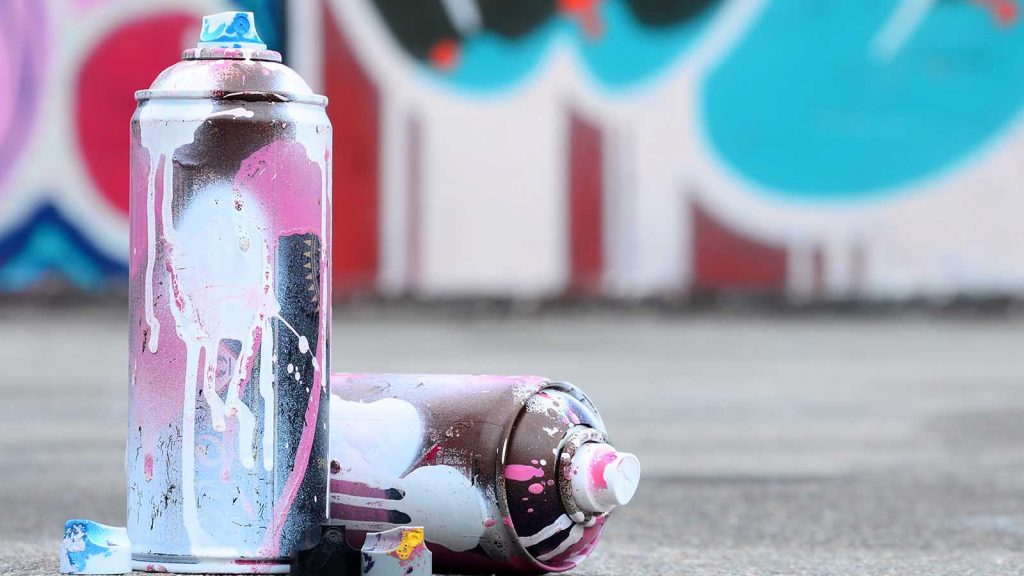Everything You Need to Know About This Category of Drugs
What Are Inhalants?
Inhalants are a category of drugs that define various substances that people can only take by inhaling. These substances, which are easily found in the home and workplace, may include different types of solvent, gases, sprays, and nitrites. Inhalants are most commonly used by children, pre-teens, and young teenagers.

Inhalants: The Facts
-
- Examples of inhalants include spray paints, markers, glues, paint thinners, lighter fluid, hairspray, cleaning fluids, and hundreds more everyday products.
- Inhalants are the only class of drugs that are used more by younger teenagers than by older teenagers.
- Individuals who use inhalants breathe fumes in through the nose or mouth by snorting, sniffing, or huffing.
- Inhalants affect the central nervous system and slow down brain activity.
- The high produced by inhalants typically only lasts a few minutes, which is why most people who abuse these substances continually huff over the span of a few hours.
- The effects of inhaling a substance are similar to those produced by alcohol intoxication.
- Side effects include slurred speech, lack of coordination, euphoria, drowsiness, and dizziness.
- Inhalants are sometimes misused to increase sexual pleasure.
- Slang terms include poppers, laughing gas, bold, rush, snappers, & whippets.
- Signs of inhalant use include empty paint cans, chemical odors, red or runny eyes/nose, paint or other stains on hands, face, & clothes
Inhalant Risks & Warnings
Some long-term consequences and risks of inhalant use, misuse, or abuse may include:
- Liver damage
- Kidney damage
- Hearing loss
- Bone marrow damage
- Nerve damage
- Delayed behavioral development
- Increased risk of HIV & AIDS
- Overdose
- Withdrawal
Additionally, individuals never know exactly what they’re breathing in when they use inhalants. Some chemicals in cleaning products and other substances could be extremely dangerous and even fatal. Inhaling any household product could lead to many different health complications and poisonings.
Treatment For Inhalant Abuse
Like many other types of drugs, inhalants come with a risk of abuse and addiction. While inhalants abuse can be dangerous, there is a chance for recovery. Recovery may begin with detox, depending on if someone inhaled enough of a substance to experience withdrawal. Individuals who suffer from inhalant abuse may benefit from treatment methods such as motivational incentives, cognitive behavioral therapy, and more.
To learn more about inhalants, treatment for inhalants, their effects, and their potential risks, contact our team of substance abuse and treatment specialists by calling 267.719.8689.





